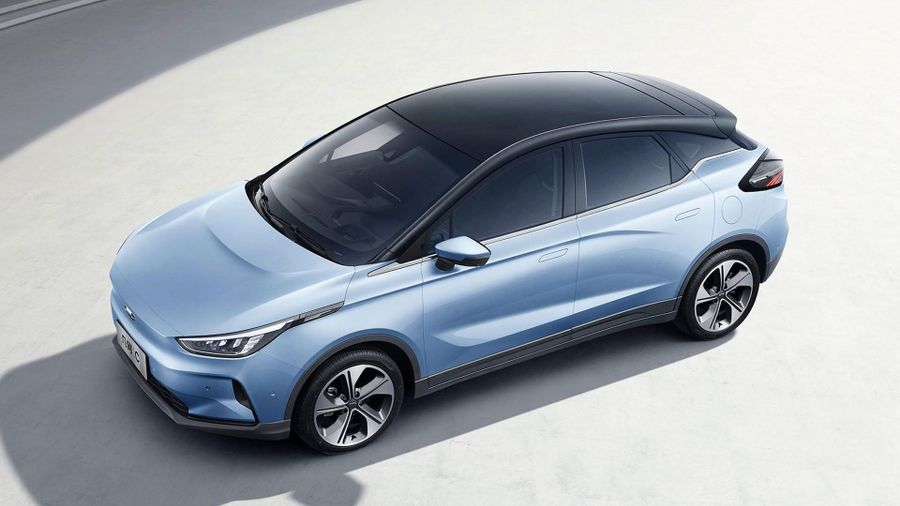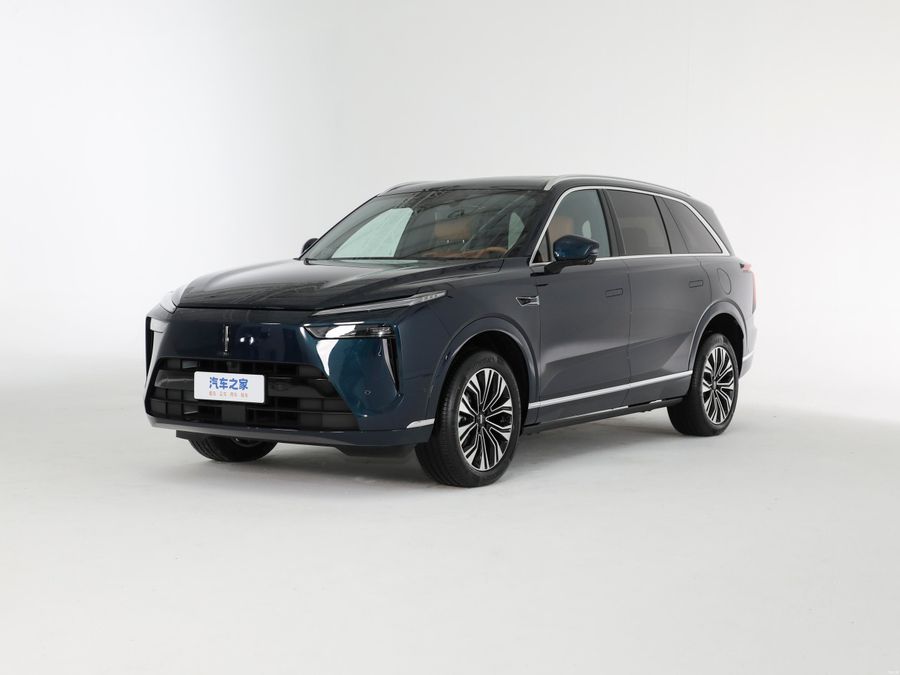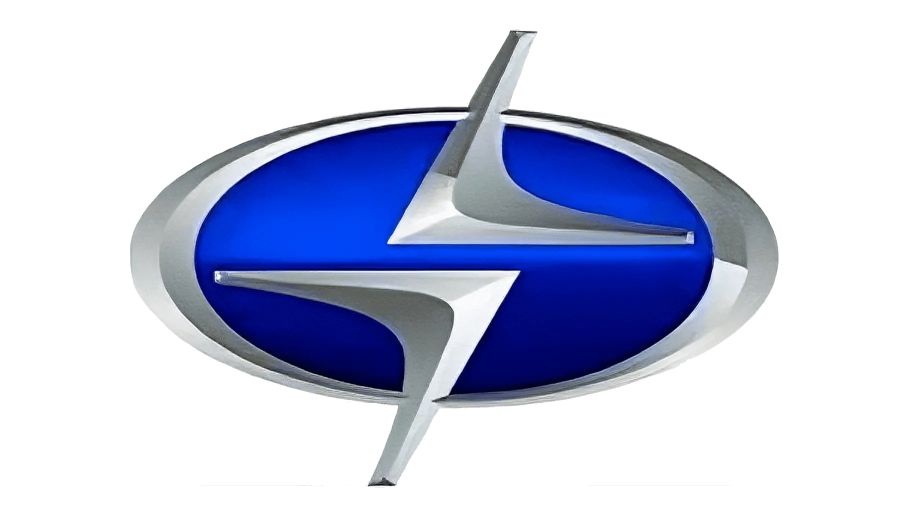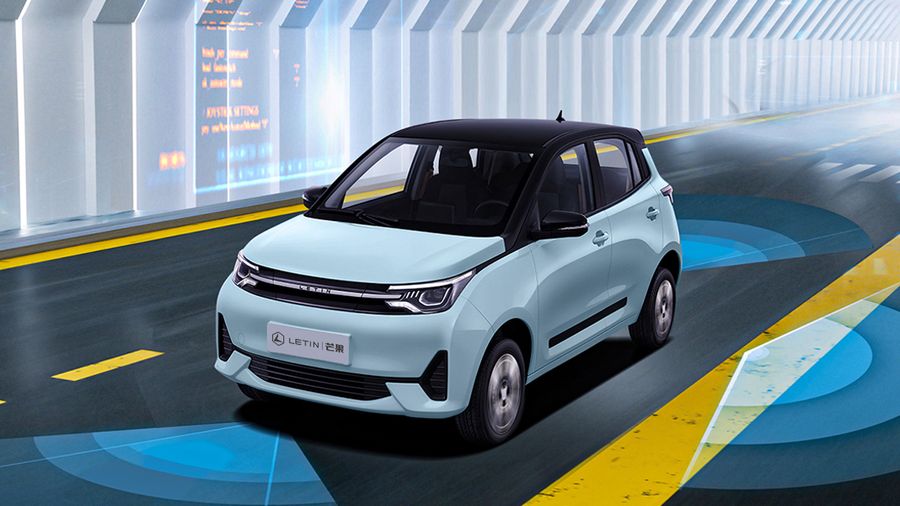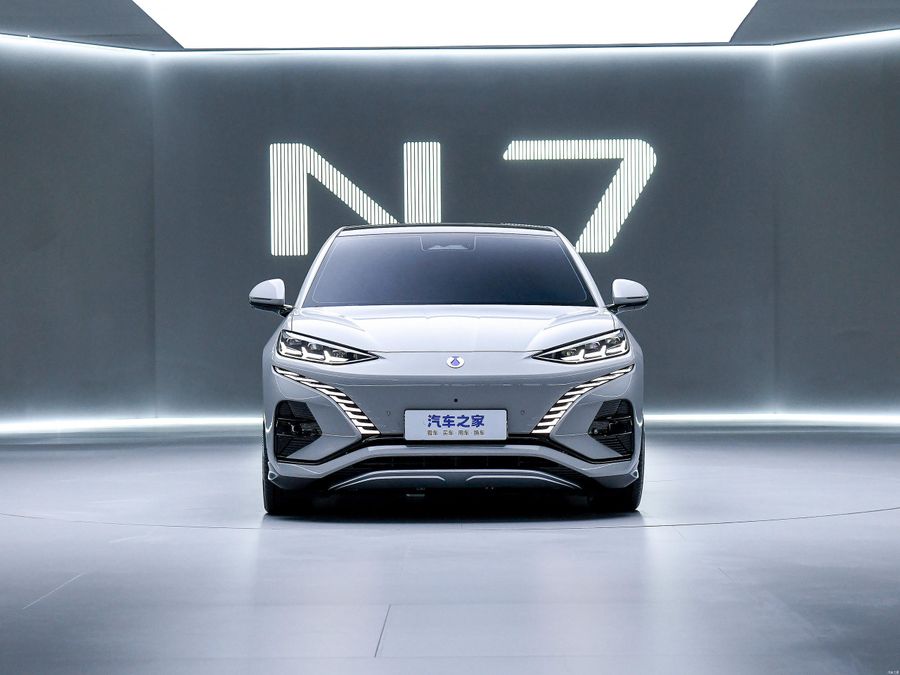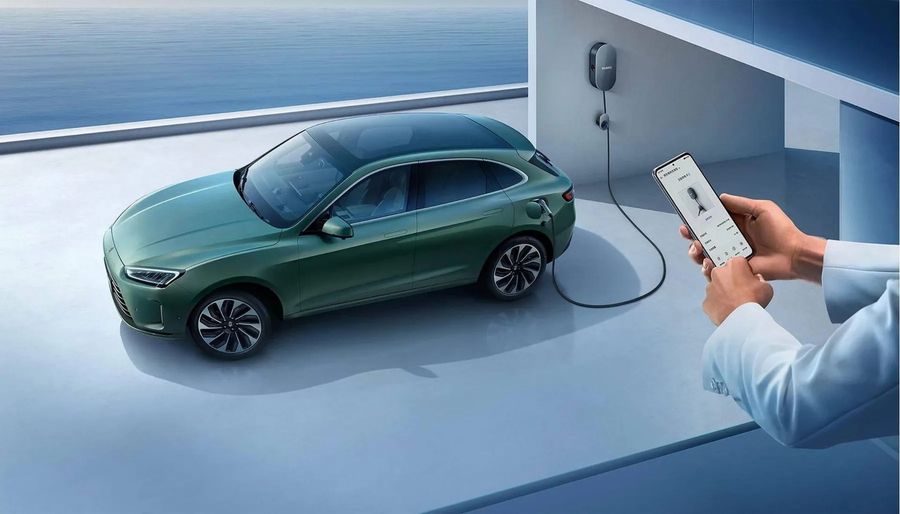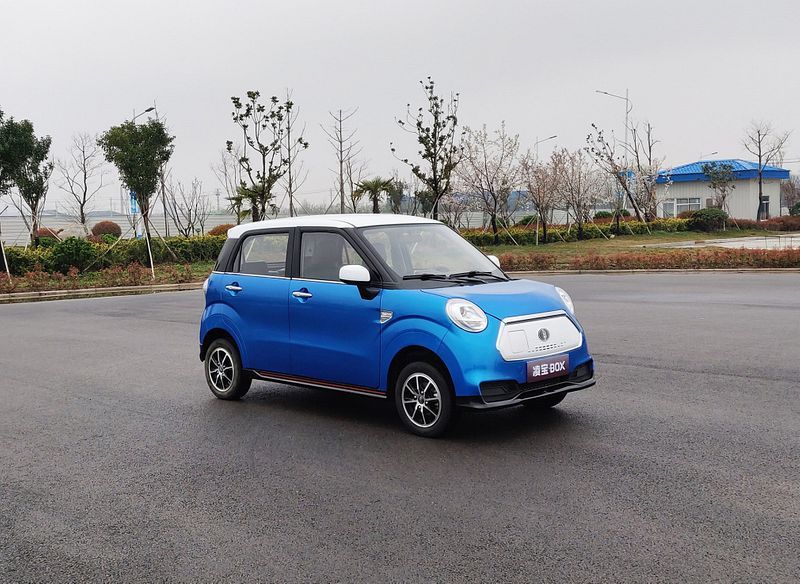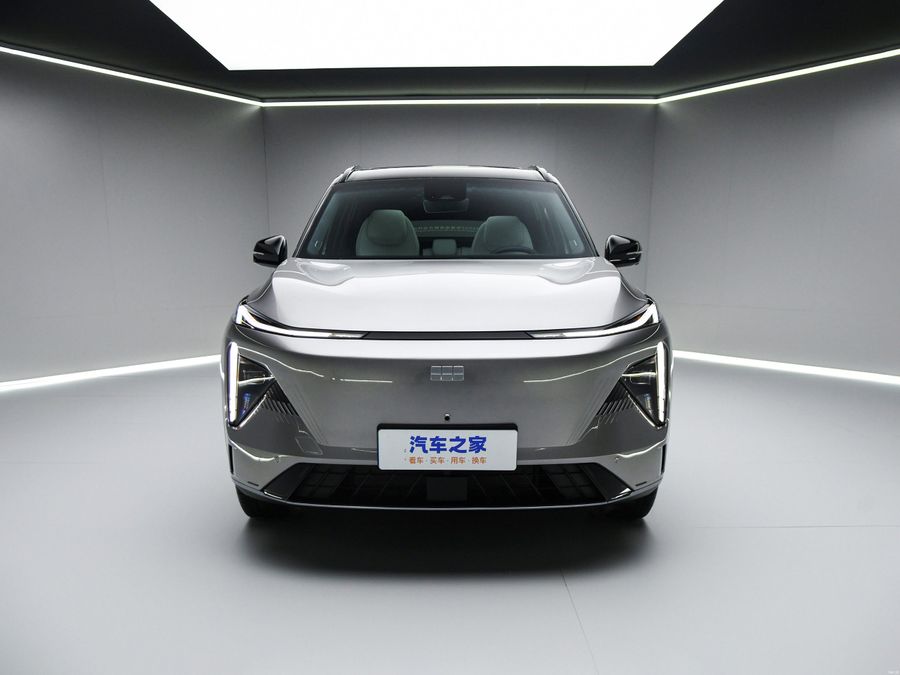
BYD. Warren Buffett’s Dream Builder
BYD Co Ltd (‘Build Your Dreams’) is a huge Chinese automotive holding company that produces buses, trucks, electric bicycles, forklifts, batteries, but, most importantly, cars, hybrid cars, electric vehicles.
Origins
BYD was founded by chemical engineer Wang Chuanfu in 1995. The company quickly rose to success, not as an automaker, but as a manufacturer of mobile phone batteries. The company occupied a dominant market share for nickel-cadmium batteries, chargers and keyboards for mobile phones and was a major supplier to Nokia, Motorola, Samsung, Sony Ericsson, Kyocera and Huawei.
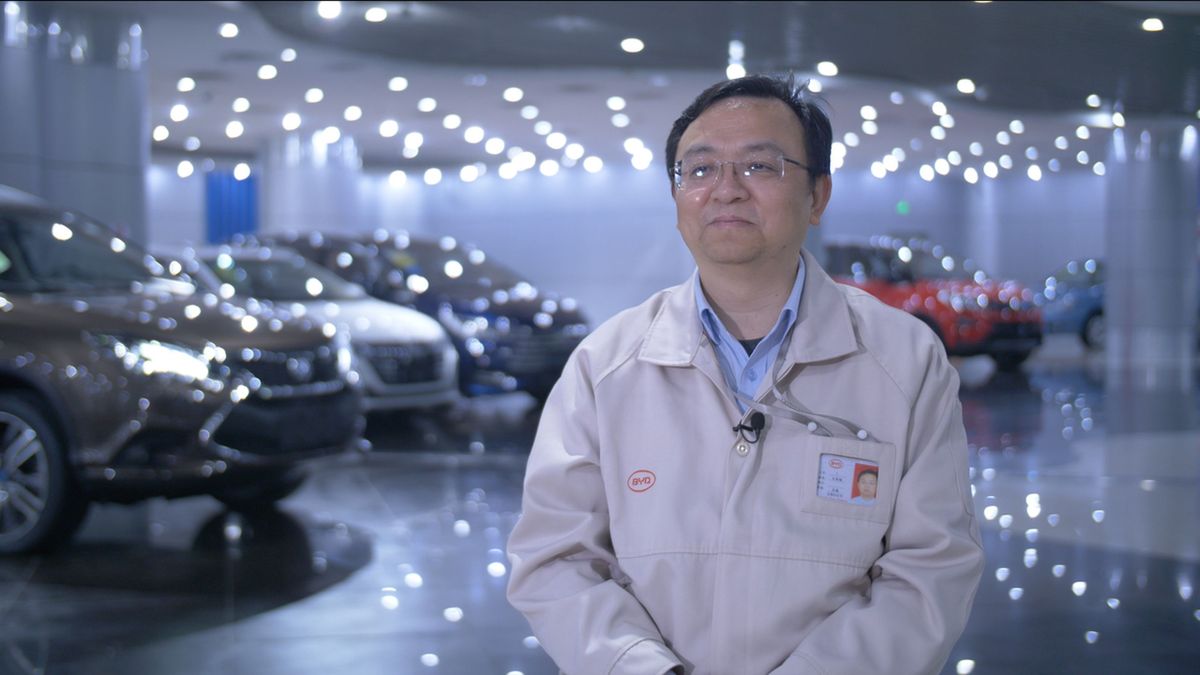
At the turn of the century, the Chinese government began to encourage automotive production, and BYD, like a number of other Chinese companies that had not previously been involved in car manufacture, responded to the call of the party and government and began to produce self-propelled vehicles. In 2003, the former battery manufacturer BYD obtained a license to manufacture cars through the takeover of the Chinese Qinchuan Automobile Company. At that time, QAC was producing the QCJ7181 Flyer, and BYD didn’t hesitate to continue producing it, renaming it into “BYD Flyer”, which was one of the very first Chinese cars well known outside of China.
Some people have all the luck…
A major event in BYD’s history took place at the end of 2008 when Warren Buffett’s Berkshire Hathaway invested $232 million in the purchase of approximately 10% of BYD’s shares through Sino-American Energy Holdings. Buffett initially wanted to buy 25% of the company, but Wang refused to sell more than 10% of BYD. This fact especially appealed to the cunning Buffett, as it showed that Chuanfu was deeply convinced that his enterprise was going to be successful.
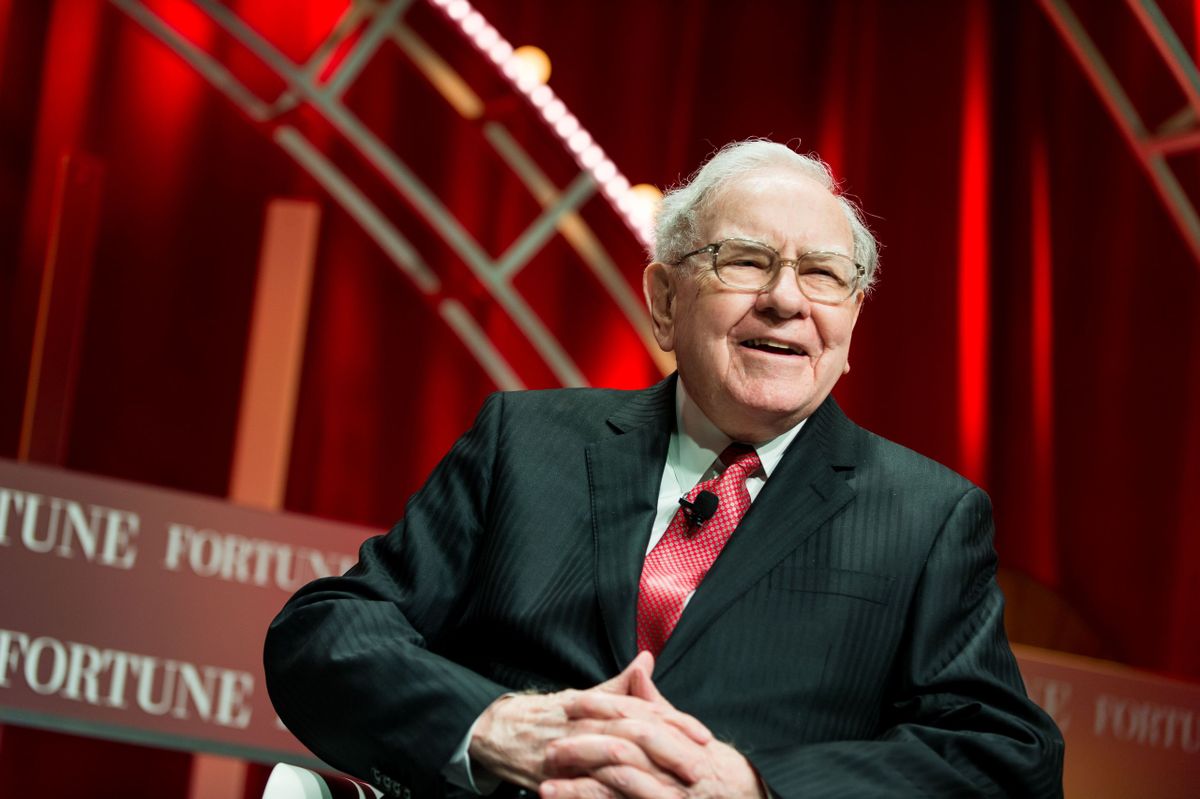
And then the company kept on growing in terms of sales and development of new models. BYD soon unveiled a plug-in hybrid version of the BYD F3 compact sedan. In 2009, the brand’s total sales reached 448,400 vehicles, and the F3 became the best-selling sedan in China. BYD also began exporting its vehicles to Africa, South America and the Middle East. The company developed aggressively, hiring specialists from the best companies and opening branches and joint ventures around the world. In 2010, it even formed a joint venture with Daimler. Back then, it was accused of plagiarism, and several world brands even sued BYD, albeit unsuccessfully. In the same 2010, BYD released its first electric bus, which is now sold in batches of hundreds of cars. Moreover, the geography of supplies is wide and includes dozens of countries, from Argentina to Japan. And Europe buys them too: in 2020 alone, different cities in Germany, Spain, Denmark, the Netherlands and Norway purchased BYD electric buses.
In 2013, BYD ranked tenth in terms of sales in China. In 2015, BYD cars were among the top-selling plug-in hybrids and electric vehicles. But Buffett prioritized electric vehicles over hybrids and gasoline models, which was the right decision. As the electric vehicle market in China has grown dramatically, BYD has grown into a major player in the world’s largest automotive market. Sales exceeded 130,000 electric vehicles, competing for market share with such electric vehicle makers as Wuling, NIO and, of course, Tesla.
By the end of 2018, 10 years after the investment, Berkshire had earned $1.6 billion from its stake in BYD, and $5.9 billion in 2020! Thus, BYD actually confirmed its name by actually building a dream. Even if it was Warren Buffett’s well-calculated dream. By leveraging its deep knowledge of battery technology, Buffett’s money, and cheap Chinese workers, BYD has firmly established itself in the emerging electric vehicle (EV) market and has begun building up its brand’s EV presence outside of China.
Now
BYD began its journey in Europe from Norway, supplying the BYD Tang model and several models of commercial vehicles to this country. In order to improve the exterior of its then-plain products, BYD opened a global design center in 2019, run by a team of former Audi, Ferrari and Mercedes-Benz experts led by Wolfgang Egger. The first joint project of the new design team is the E-SEED GT, unveiled at the Auto Shanghai trade fair in April 2019.
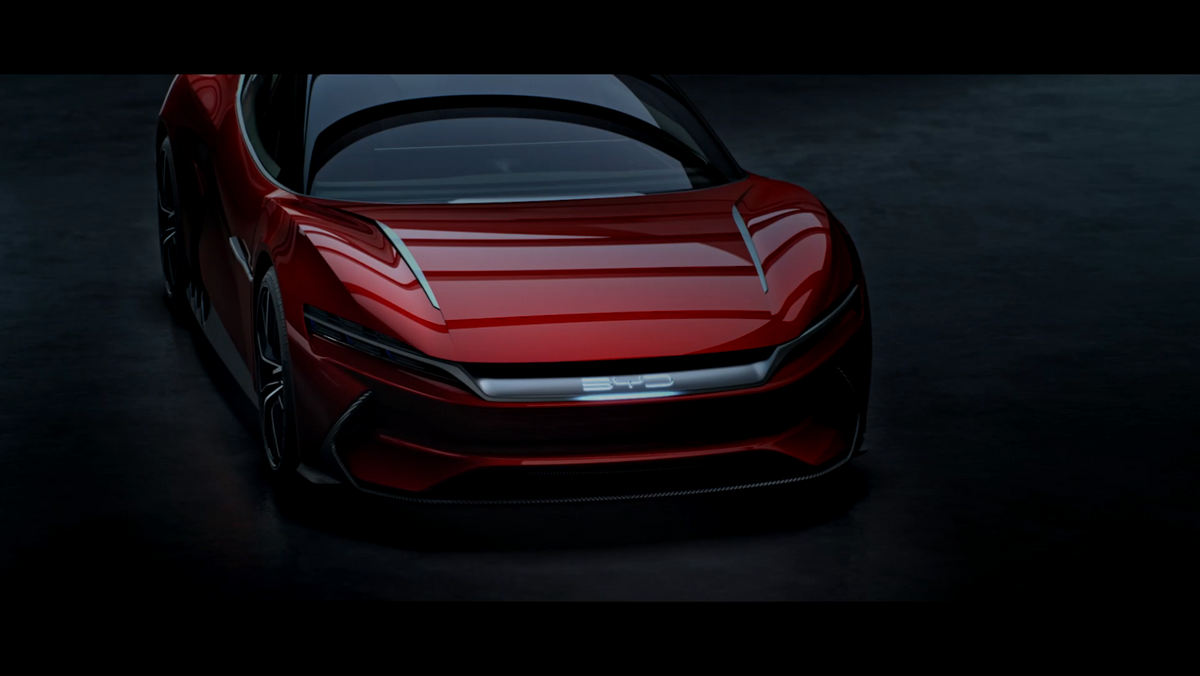
In 2020, BYD and Toyota announced the creation of a new BYD joint venture, Toyota EV Technology Co. for the development of electric vehicles, with Toyota in this case counting on the help of the Chinese company, since the Japanese giant, oddly enough, is one of the slowest developing in terms of creating 100% electric vehicles. In turn, Toyota is the automotive company No. 1 or No. 2 in the world (in different years it either overtakes or is inferior to VW) in terms of sales, and BYD, with the help of the Japanese partner, has a chance of expanding.
The volume of sales of new energy vehicles (NEV) from BYD grew until 2020, but the pandemic interrupted this progressive process. NEV accounted for 44.4% of the company’s total vehicle sales. The number of light electric vehicles and hybrid vehicles sold by BYD in 2020 amounted to 130,970 and 48,084 vehicles, respectively, which was 11% and 33.4% less than a year earlier. In addition to the COVID pandemic, the decline in sales occurred due to the fierce competition from foreign and Chinese domestic manufacturers. But on the other hand, the production of batteries in 2020 increased by 2% compared to a year earlier. However, in January 2021, BYD began to win back positions, increasing sales by 120.2% compared to the same period a year earlier. And at the end of August 2021, BYD’s NEV sales grew by more than 300% (up to 61,409 vehicles).



